By Maartje A.B. (Radboud University; Viabundus Team The Netherlands)
The nodes on our Viabundus map come in all shapes and sizes. Among the tiny ones are inns. They could be a single house in the middle of nowhere, and yet function as crucial elements in our road system. The presence of an inn along a road could determine whether it was still possible to continue the journey, even though the next town could not be reached before darkness, and thus influence travel time. However, the exact location and the history of inns are often hard to identify, and therefore we cannot claim to present a complete set at the end of the project. The end result we aim for will rather be a solid basis for further research, in which especially inns laying outside towns between 1350 and 1650 are incorporated as much as currently possible.
In April, I wrote a blog post about inns on the Dutch blog of my dissertation project ‘Mirror of mutual relations: communication between Hanseatic cities (ca 1450-1650)’, with examples related to the area central to this research: the region around the rivers Rhine, Meuse, Waal and IJssel. On my project blog, I share research results, interesting finds, and project-related activities. What follows is a translation of this blog post, showing why inns are fascinating places worth bearing in mind in different types of historical research.
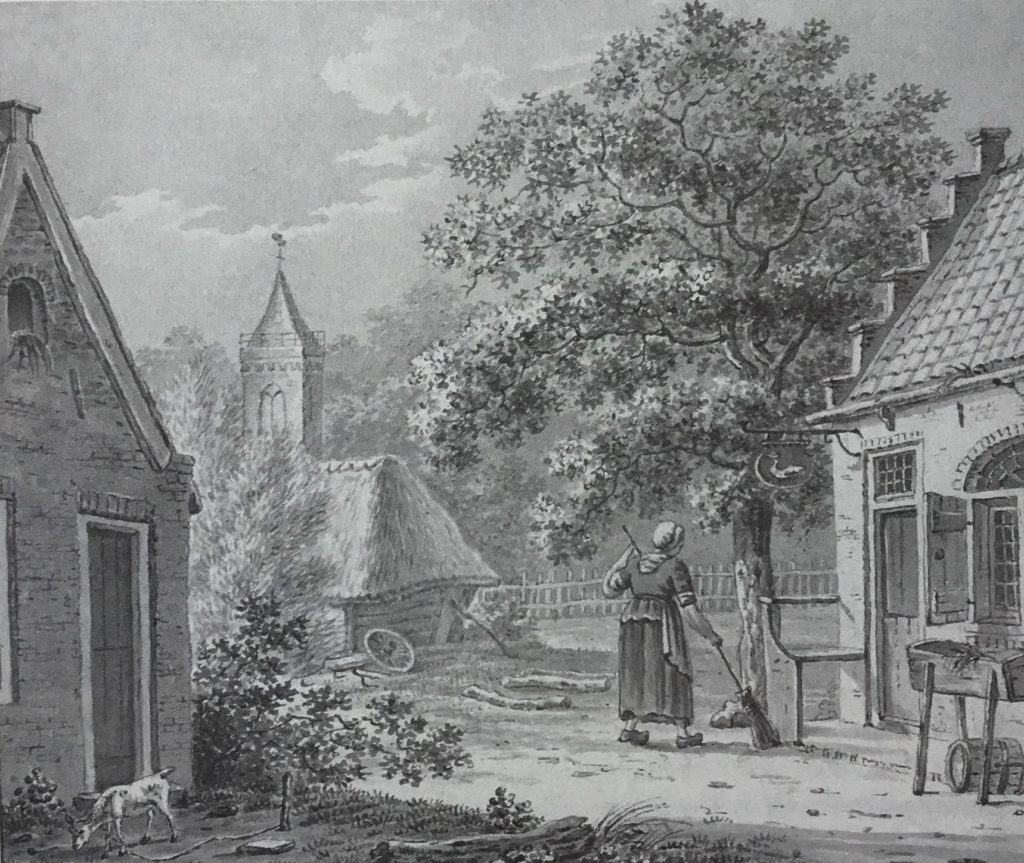
In one of my earliest blog posts about town accounts, I wondered where the inn In die kerck (‘In the church’) in the town of Roermond would have been located. Last month, I received an e-mail from Gerard van de Garde from Roermond: he knew its location!
In die kerck was a house mentioned as die Kyrch (‘the church’) along the Steenweg in 1556, in the archives of the ‘Hoofdgerecht Roermond’. In 1586 and 1591, the building is being named as die Kirckthor(e)n (‘the church tower’) in the same archive. In an urban fire in 1665, the place burned down.
Inns are exciting places, and not only because they served alcohol. In the fifteenth and sixteenth century, inns were important meeting places.
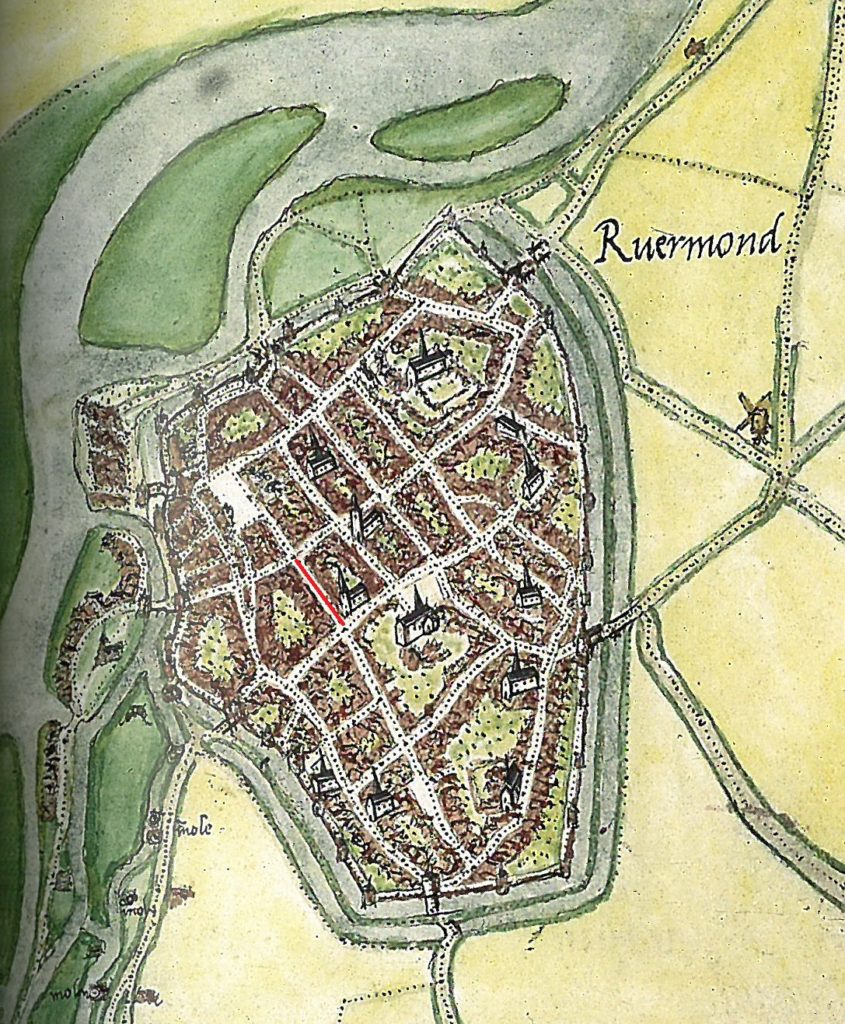
Inns regularly functioned as places where council members from different towns met each other to discuss political affairs. In die Kerck was, for example, the meeting point for a gathering of the councillors of Roermond and Venlo in 1559 in preparation for a Hanseatic Diet.
Envoys of different towns also regularly agreed on meeting each other on the way to a meeting, and travel together from a certain point onward. An inn on the route provided a convenient meeting point. In 1518, for example, the town council of Cologne proposed to the town council of Deventer to travel together from Deventer to the general Hanseatic Diet in Lübeck. In 1565, the town council of Arnhem informed the council of Nijmegen about the departure of the delegation to Leuven and Brussels: if envoys from Nijmegen were willing to travel along, they had to be in ‘t Roode Hert (‘in the Red Deer’) in Den Bosch on February 22nd. The advantages of travelling together were manifold: it was safer to travel in a group, and meanwhile, one could coordinate business related to the meeting. It could also be favourable if a group with similar interests arrived at their destination simultaneously.
There were cheaper and more expensive inns, but inns could also be real meeting places for people from different backgrounds. Next to the already named council members, one may think about travelling merchants, messengers, musicians, pilgrims, or soldiers. For messengers on the road for their town councils, inns could be real information hubs, offering information which could be important for their journey or for the town in general. Since they were regularly on the road, messengers were also often asked for directions by fellow travellers.
For instance, the Teutonic Knights Willem Mulart and Willem Sloet asked a messenger for the way to Rees, and shared a meal with a messenger from Cleves in die Gulden Schilt (‘the Golden Shield’) in Wesel during their journey in 1594. Together with this messenger from Cleves, they continued in the direction of Dinslaken. The mentioned messenger from Cleves did not necessarily have to be in the service of the town council of his home town at the moment of this travel.
In Bruges, inn keepers maintained special relations with Hanseatic merchants. During their stay, Hanseatic merchants usually repeatedly resided with the same inn keeper. These inn keepers were not only their hosts, but were often also involved in the storage of their merchandise, acted as witnesses, warranted for a payment or vouched for the merchant’s reliability, and could act as his agent when the merchant had left town.
Nodes in the road network
Of course, one could find an inn in almost every town or village – often more than one – but inns were also typically located along main roads. These roads were important for long-distance traffic, and there was a good chance of attracting travellers looking for a place to spend the night.
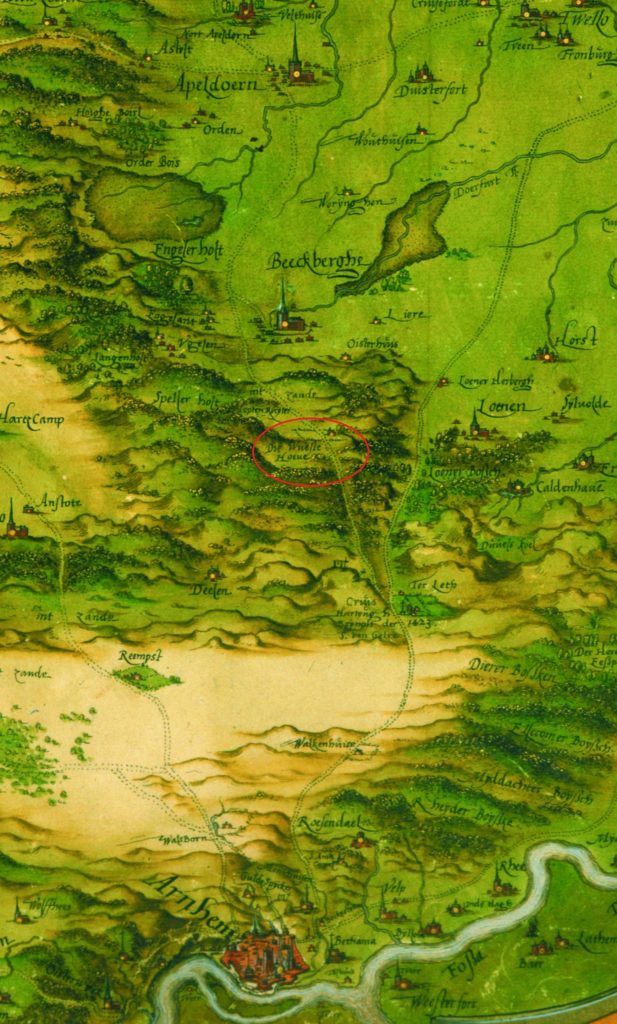
Inns could also be found ‘in the middle of nowhere’. Take Het Soerel, for example, on the Veluwe. This inn was located on a crossroads of two routes: the road between Zwolle and Amersfoort on the one hand, and the road between Arnhem and Elburg on the other. This inn was probably already in function at the beginning of the 15th century. Next to inn keeper, the owner was also a farmer, a common combination for inn keepers miles away from civilization.
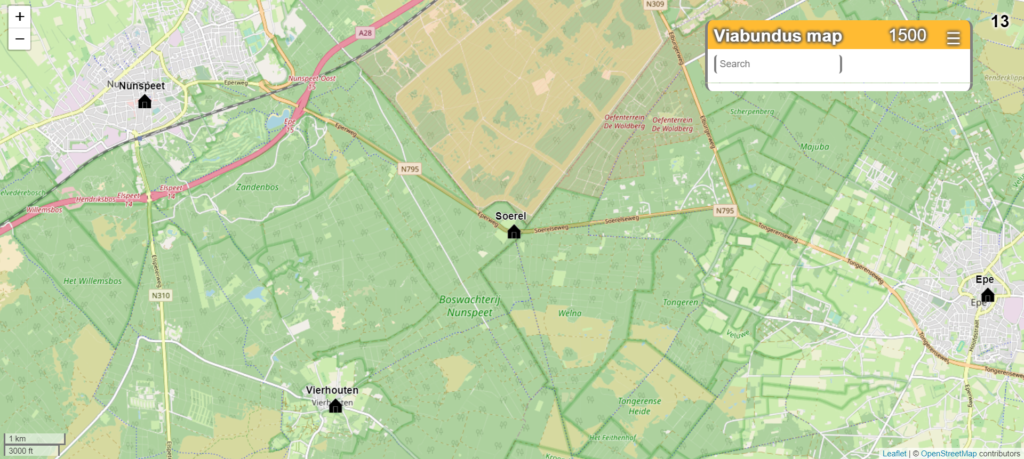
For all reasons mentioned above, inns are worth keeping in mind. They are much more than just a place to raise one’s glass and spend a night. Inns are significant nodes in relations between places and people, and this also holds true for communication between Hanse merchants and managers of Hanseatic towns.
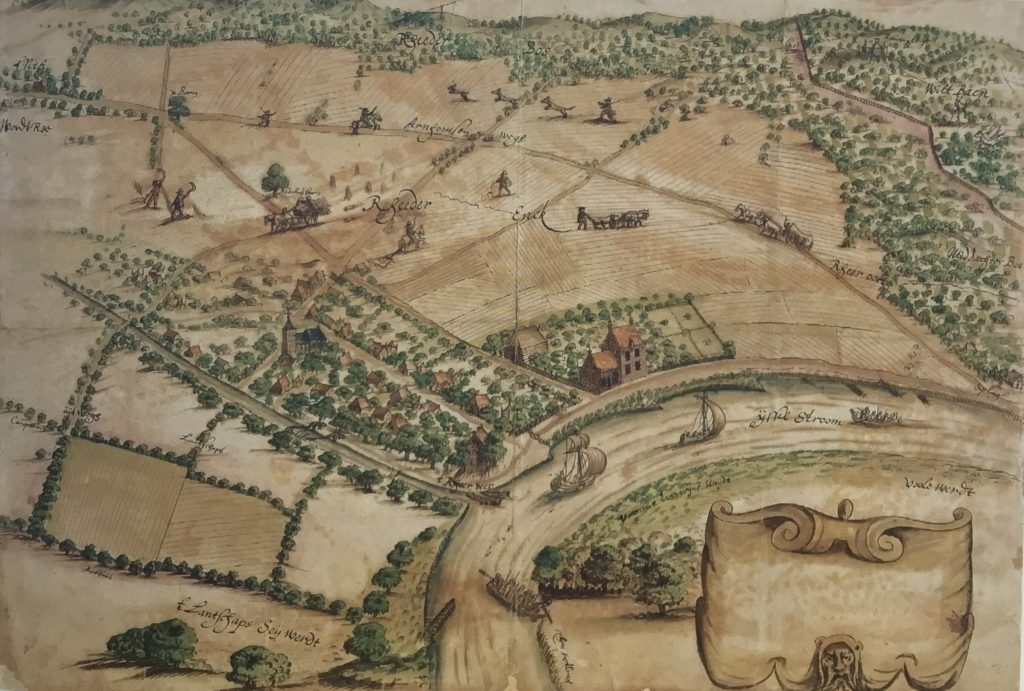
Sources for inn In die Kerck, partly thanks to Gerard van de Garde:
Gemeentearchief Venlo, 33 Stadsrekeningen Venlo 1349-1796, inv. nr. 201, fol. 13 recto.
Gemeentearchief Roermond, 1002 Hoofdgerecht van Roermond, inv. nr. 311, fol. 8, 88, 386, 434, 438.
See for inn keepers in Bruges and their relation to Hanseatic merchants primarily:
Anke Greve, Hansische Kaufleute, Hosteliers und Herbergen in Brügge des 14. und 15. Jahrhunderts (2011).
Other literature and sources:
J. Neefjes, H. Bleumink, Erfgoedatlas Gemeente Nunspeet. Veluws landschap, historie en bewoners (2015) p. 158, 218-219.
J.W. van Petersen, Reizen is tol betalen. De verkeersontwikkeling in en om het gebied van Rijn en IJssel tot de Bataafse omwenteling van 1795 (2002) i.h.b. p. 28-29, 121-125, 207, 263.
Anneke Pul-Tasseron, ‘De herberg Oud Soerel’, Mothoek 17-2 (2001) p. 57.
Regionaal Archief Nijmegen, 1 Stadsbestuur Nijmegen, inv. nr. 2590, fol. 26 recto.
J.A.B.M. de Jong, Het oud-archief der Gemeente Nijmegen. Deel 3 Brievenlijst (1960) nr. 783.
Hanserecesse 3-7, nr. 77.